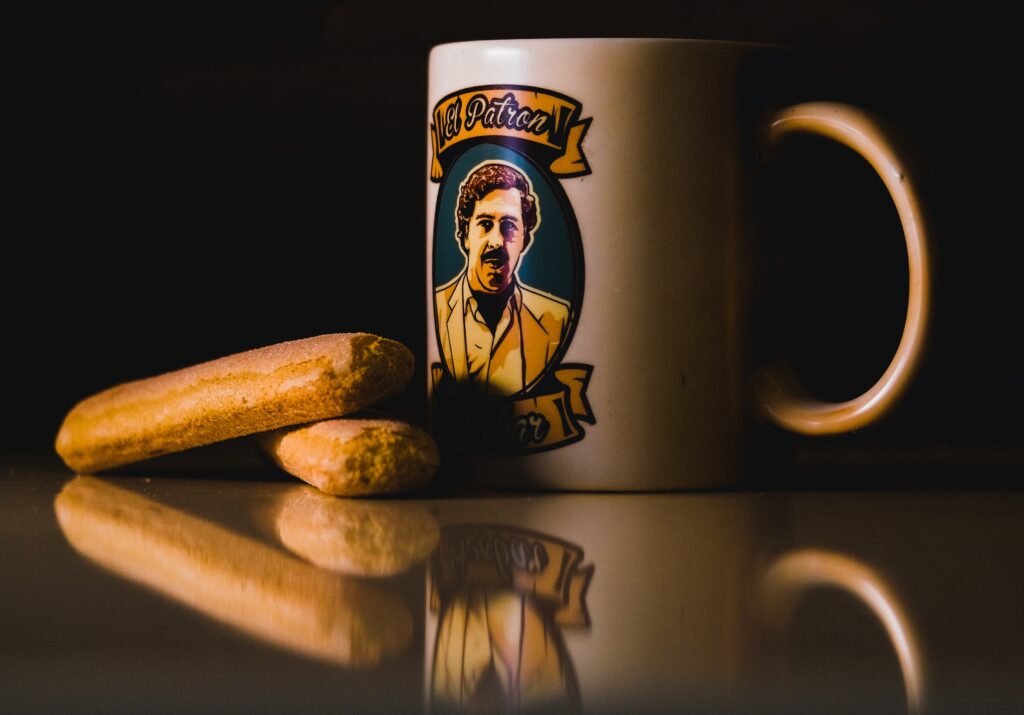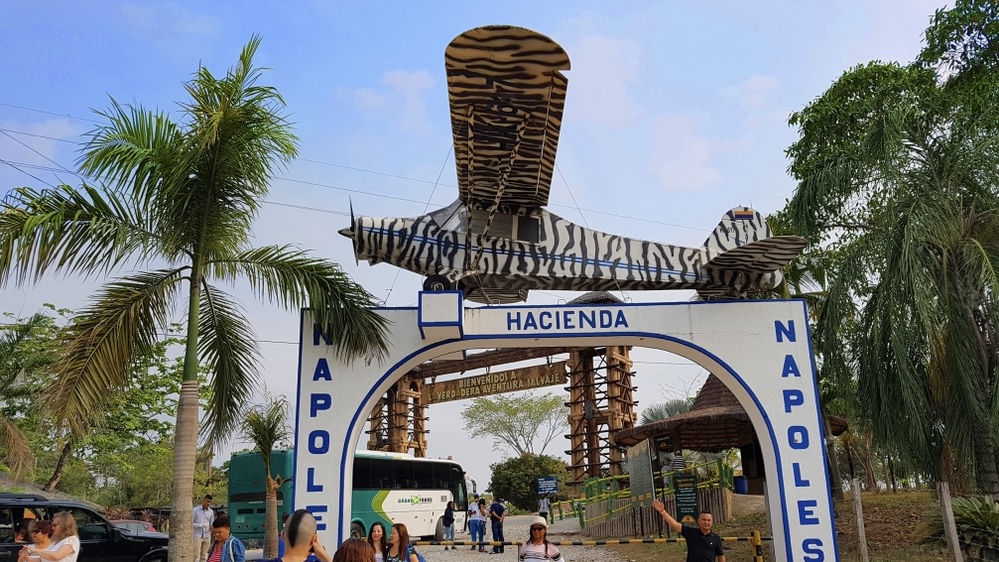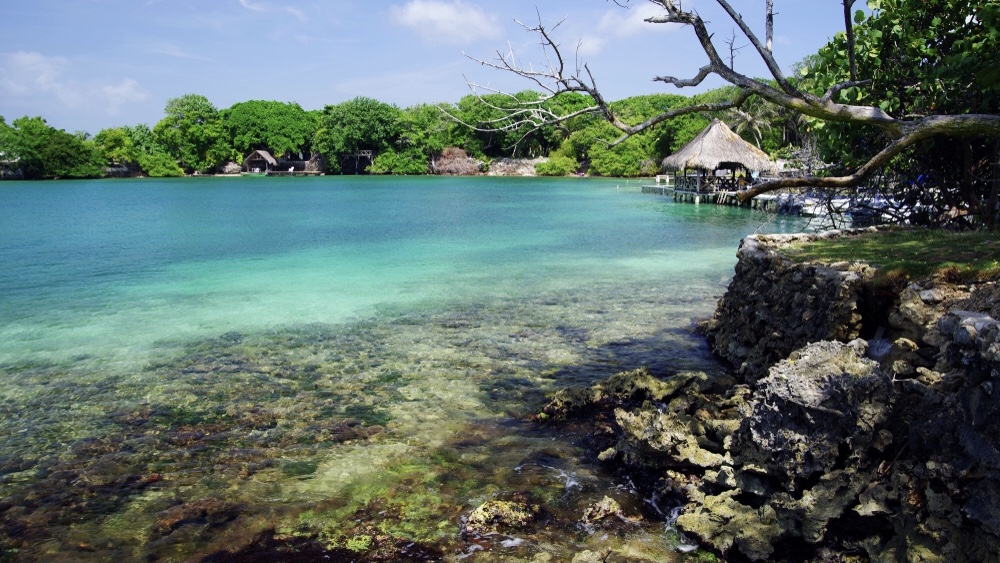Pablo Escobar, the world’s most powerful drug trafficker during the 1980s and early ’90s, owned many homes and getaway retreats throughout Colombia. As head of the Medellin Cartel, Escobar turned Medellin, commonly referred to as the City of Eternal Spring, into what many called the Murder Capital of the World.
We are going to explore the Colombian homes of Pablo Escobar and see what the Colombians have done to eradicate his legacy of fear and murder. Escobar died in a shootout with authorities in December of 1993 . He was 44 years old.
The life and terror of Pablo Escobar is a controversial subject matter in Colombia. Many television shows and movies over the past few years have romanticizing and sensationalizing Escobar. Most Colombians are humiliated by the past of Pablo Escobar and the drug cartels of Medellin and Cali. Colombians are trying to hide the scars left behind in this country they love so much.

During the late 1980s, Pablo Escobar and his family lived atop an 8-story building in one of the most affluent neighborhoods or barrios of Medellin, El Poblado. Escobar called his building, the Monaco Building after the Principality of Monaco along the French Riviera.

Constructed in 1986, the Monaco Building contained:
- (A)Twelve apartments
- (B) two swimming pools
- (C) one soccer field
- (D) a two-story penthouse
This high-rise that symbolized Pablo Escobar’s power was toppled on Friday the 22nd of February 2019. The implosion was telecast live on television throughout Colombia in an aim to bring an end to a painful chapter in Colombian history.
In its place is a park honoring the victims of narco-terrorism. It is called Parque Inflexión Memorial Medellín or Conmemorativo Inflexión Park
If you take a 3 ½ hour drive southeast of Medellin you will come to the location of Pablo Escobar’s luxurious, 7000 acres estate Hacienda Nápoles. The estate included a Spanish colonial house, a sculpture garden, a private airport, a bullfighting ring, tennis court, soccer field and a zoo of exotic and farm animals. The zoo included animals from different continents including elephants, ostriches, giraffes, hippopotamuses and horses.

On top of the hacienda’s entrance gate is a replica of a Piper airplane. After Escobar’s death, the estate was transformed into Parque Temático Hacienda Nápoles and an African themed Jurassic Park. In addition to the zoo, these parks include a water park, a guided safari attraction, dinosaur replicas, aquariums, and an exhibit featuring Colombian caves
Approximately 1 hour and forty-five minutes from downtown Medellin is the resort town of Guatapé. On the shores of the Peñol Reservoir, Escobar built a lavish estate called La Manuela Hacienda or Finca La Manuela after his daughter. The term finca is interchangeable with the words farm or ranch.
Covering 20 acres, La Manuela Hacienda consisted of a mansion surrounded by a pool, tennis courts, a soccer field, stables, a guest house, a seaplane dock and a driveway designed for motorcycles. The main house even included its own discoteca. The area provides beautiful views.
La Manuela has been abandoned and overtaken by nature. Over the years, this mansion has been bombed many times including treasurer hunters looking for hidden cash and gold. Paintball enthusiasts have also been destructive.

La Isla Grande, a small island resort destination of Colombia, was the location of a secret retreat home for Pablo Escobar. Near the islands of Rosario and Baru of the coast of Cartagena, the home for Escobar became famous for its lavish parties.
This island getaway featured a mansion, seaside apartments, a gigantic swimming pool and of course a helicopter pad. Now owned by the government and left unmaintained, this party resort has diminished into ruins.
The final Colombia home of Pablo Escobar was in fact a luxurious prison that he built for himself in the mountains outside of Medellin. Escobar made an agreement in 1991 with the Colombian government that he would surrender to authorities in exchange for not being extradited to the United States.

The prison called La Catedral also went by the names “Hotel Escobar” and “Club Medellin”. The amenities included the requisite soccer field, a sauna, waterfall, a bar and office equipment for Escobar including telephones, computers, and fax machines.
In 2007, a group of Benedictine monks took over the facility and transformed it into a monastery. They built a library, cafeteria, chapel and even a guesthouse for religious pilgrimages and workshops.
DISCLAIMER: This description contains affiliate links, which means that if you click on one of the product links below, I’ll receive a small commission. This helps support the channel and allows us to continue to make videos like this. Thank you for the support!
Through Patreon you can help support our YouTube channel, Facebook page and website blog – Please be generous as we could use your support. Thanks.
Special Offer for US residents = GetUpside is an app that gives you cash back when you get gas. Promo code H6EU4Y gets us both a 15¢/gal bonus.

Curious Perro is a view of our world through this Gringo’s eyes. Through my video lens, my mind and my words, I will take you on fantastic trips and adventures. Please Follow me and like me on Facebook, Subscribe and like me on YouTube and Join the Adventures on my Blog — Watch On and Read On!!!

